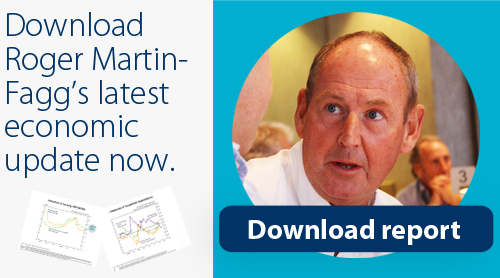
Over the last few weeks, the papers have run a number of stories about the role of wearable technology in the workplace.Most of the stories have been hooked to the release of the Business Microscope. This is a new product from Hitachi. It looks like a name badge but allows organisations to monitor the movements of their employees; track who they talk to and can even measure how enthusiastic or active they are during meetings. If the wearer makes little or no contribution to, say, a sales meeting then their lack of input can be measured and noted.
Naturally, the papers chose to cover the story from a Big Brother angle. ‘Is your boss watching you?’ asked The Daily Mail. CNN ran with the headline ‘How your boss can keep you on a leash’.
Benefits of wearable technology.
What the majority of the stories failed to mention was the potential benefits of wearable technology in the office. Advances in mobile communications, GPS technology and health monitors have all combined to create a scenario where companies can tell where an employee is; who or what he or she is interacting with and even the state of that person’s health in terms of metrics such as blood pressure, heart rate and levels of alertness.
Cut human error
Rather than invoking Big Brother, it’s worth considering how this new technology can help business. Imagine a forklift operator working in a distribution warehouse. Information projected onto glasses or a visor can direct the employee’s workflow and guide him to and from his next task as efficiently as possible.
Using barcode or RFID technology, the works system can check that the employee is about to move the right product to the right place thus cutting down on human error. Finally, by monitoring the rate of eye flicker, the system can tell if the worker is tired – a useful safety tool when operating heavy machinery.
The above example is very simple. Wearable technology can also be used to monitor how well different departments do or don’t communicate. It can help map, understand and improve workflow. It can be used to give field workers access to backroom manuals or video tutorials. It can analyse and improve workforce allocation. The potential applications are only just beginning to be realised.
At the moment, developments such as Google glasses still seem rather sci-fi. Fine for Silicon Valley perhaps but unlikely to catch on in Slough. However, wearable technology is already here and being used by, for example, Tesco distribution workers. Of course, it will not be applicable to every role but it will have an effect on many.
Improve your business
Thinking about how it might improve your business before it improves that of your competitors could be crucial. Of course, getting the workforce to buy into the idea is essential. Accusations of Big Brother behaviour are not helpful.
Telling staff that their new GPS badges will enable management to wring more work from them will not be well received. On the other hand, if new technology is introduced as a way of making the workplace safer then staff are more likely to be enthusiastic about the development.
Clear communications about the data collected and what it is being used for are key to building trust within the organisation.
More from Vistage:


